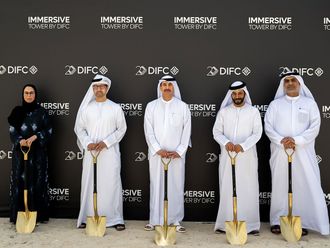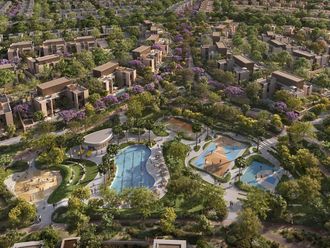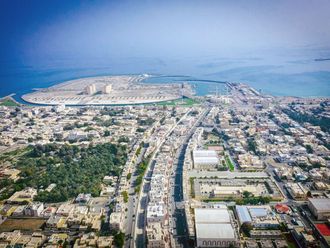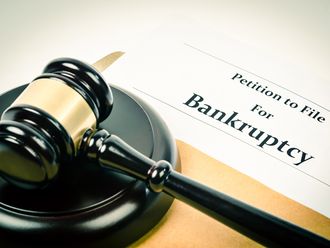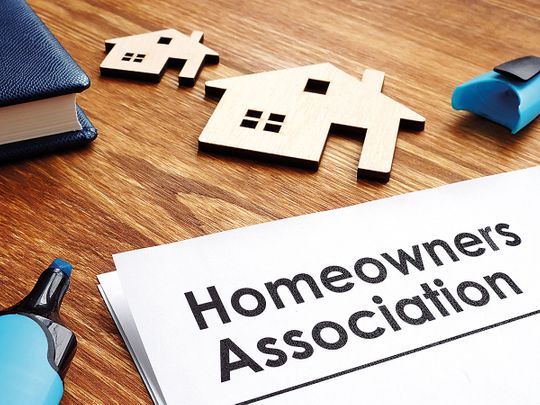
Buying a home to live in is no doubt one of the biggest investments one makes in a lifetime. When we buy a home on the secondary market, we focus on the obvious features and benefits of the property, which include size, location and price and then the stipulated sales and purchase documents via the Dubai Land Department, NOCs from the developer, the financial documents from the mortgage institution and then the connection charges and paperwork from the utility providers. Most of us seldom delve deeper into the community we are buying into and look at its governing documents.
While it is essential for us to look at all aspects of the property itself, it is no less important for us to look into the community. If we are buying into a freehold community which has an owners association (OA), then it’s important we know who the members of the board of the OA are and who the association manager is.
As per Law 27 of 2007, also called the Jointly Owned Property Law, it is mandatory for a freehold community with more than one owner to form an OA among themselves and elect a board of owners to represent them. Additionally, the OA needs to appoint a qualified association management company to carry out the daily tasks of managing the community in accordance to the regulations set by the Real Estate Regulatory Agency and as per international best practices of community management. Wouldn’t it be important for us to know who these persons are, what have they done so far for the wellbeing of the community and what is their vision and plans for the future?
Every OA is governed by documents aptly called governing documents. Among these are the Jointly Owned Property Declaration (JOPD) where the developer has detailed all the facts of the community, including what the common areas and amenities are and what are the entitlements of the owners. New purchases should check whether they have free or membership-based access to the fitness centre, function rooms and other such amenities, regardless how it was advertised. Every community has community rules, which clearly state the dos and don’ts of community living.
More sophisticated towers and communities also detail areas that are defined as exclusive use and whether the parking bays are owned by the owners or are part of the common areas with exclusive use, and consequentially whether one can secure their parking or build storage cages or not.
New purchasers should also review the financial health of the community. This can be assessed by checking the audited financial statements, including the balance sheet and the income statement. A very critical document that is always missed is the reserve fund study and status. Reserve fund, also called sinking fund, shows the contributions from owners till date toward the future replacement of items of a capital nature, such as replacements for water proofing, swimming pools, elevator cabs, chiller systems etc. It is essential to verify that the previous owner has paid all the dues owed to the community, including service charges, late payment charges and other penalties. If these have not been paid then they automatically become your dues once you take ownership. Normally as part of the process the developer is supposed to provide an NOC that covers this part, but one can always counter check.
Reviewing such documents can bring in a wealth of knowledge and understanding how the community is managed and will mitigate nasty surprises in later years.
Jeevan J D’Mello is a certified community management professional and an author and lecturer at the Dubai Real Estate Institute. The views expressed here are his own.



